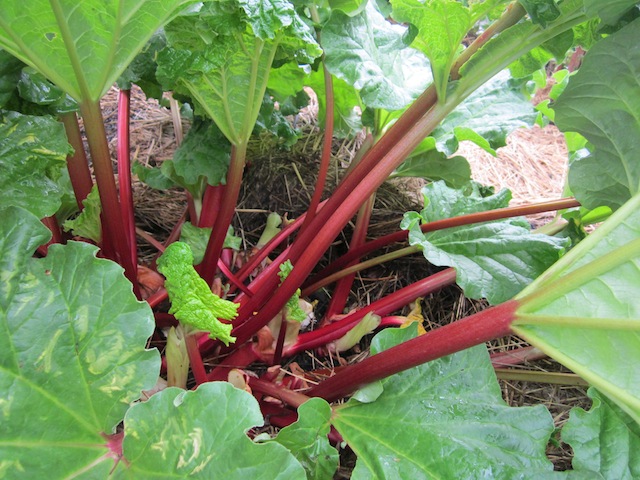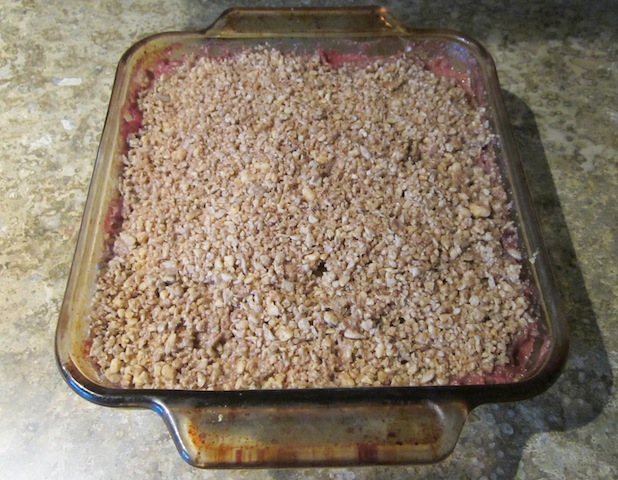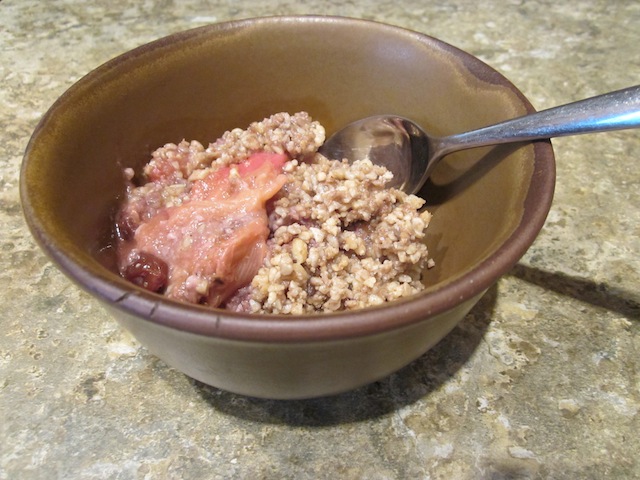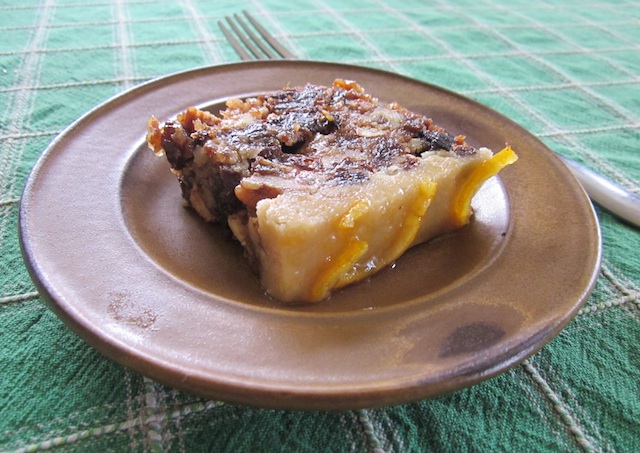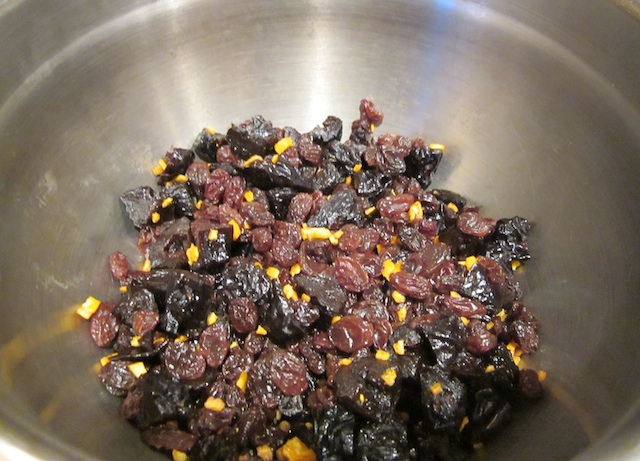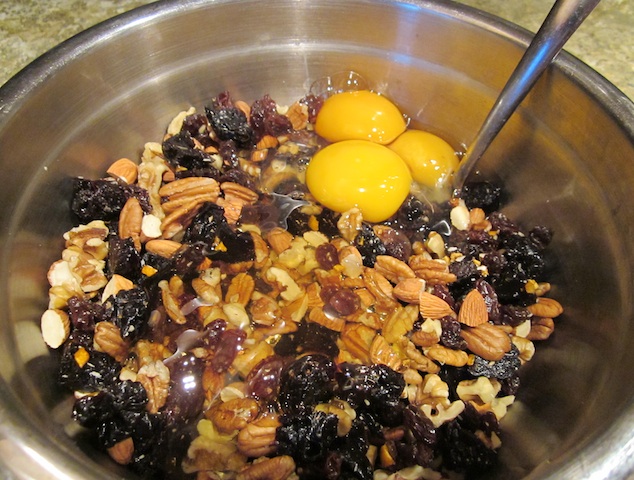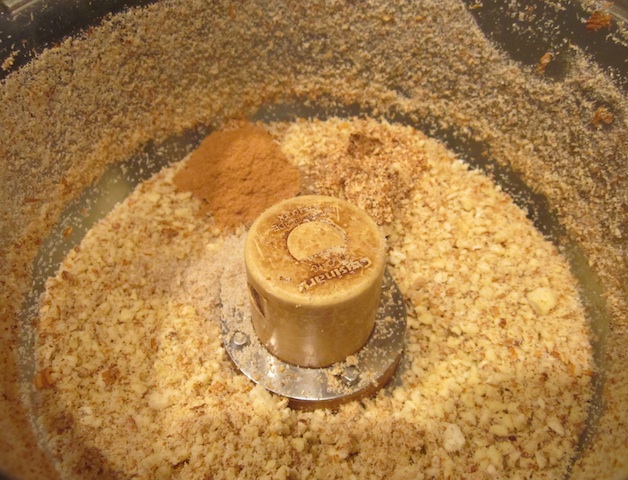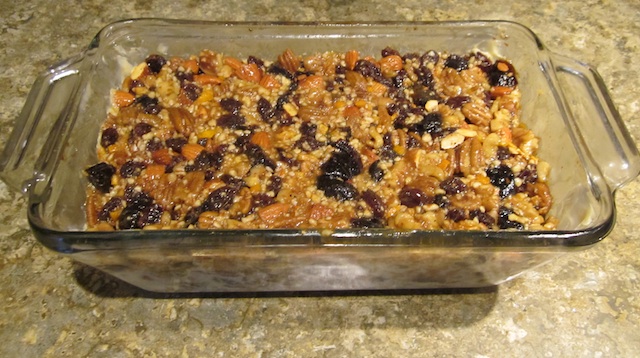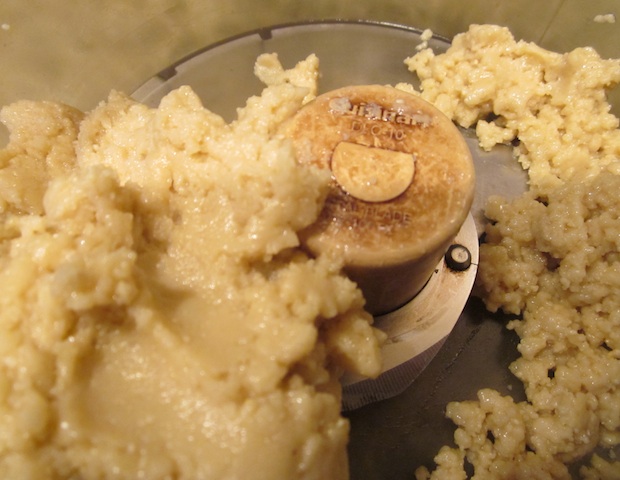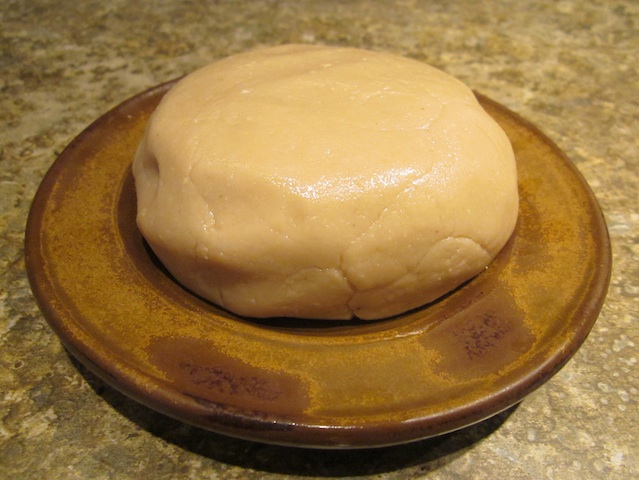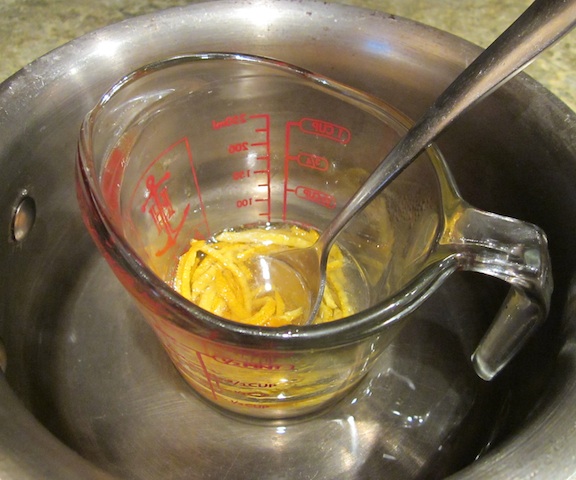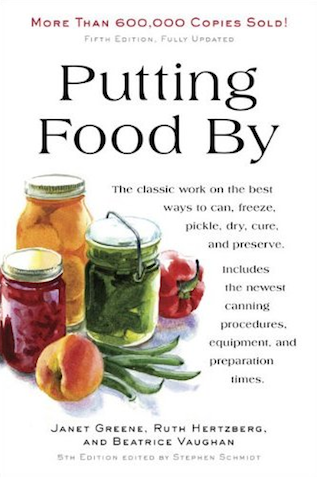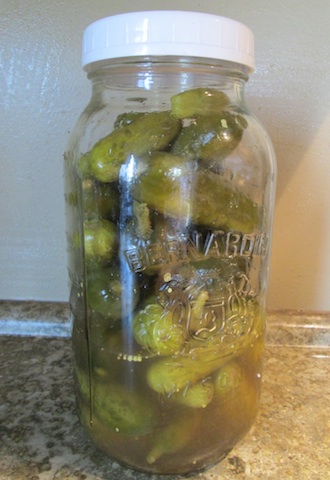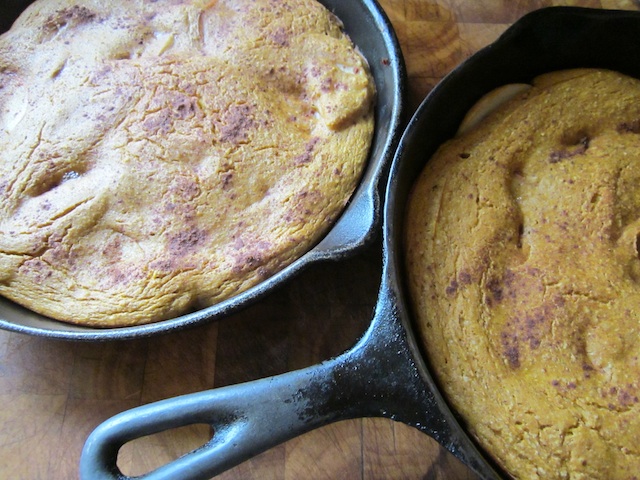
Here are two Caveman Pancakes just out of the oven. This version of Caveman Pancake has become a family favorite. Top with butter, honey or berry sauce for a special breakfast.
This recipe is safe for someone on the Specific Carbohydrate Diet.
I have been making a version of this pancake for many years. The original recipe came from Breaking the Vicious Cycle: Intestinal Health Through Diet by Elaine Gottschall but I have changed the recipe beyond recognition.
In the most recent version, I have replaced half the nuts with dried coconut and replaced the bananas with the same amount of sweet squash. You can also try replacing half the nuts with sunflower seeds. This version of Caveman Pancake has become a family favorite.
2T organic coconut oil or butter
3 organic cooking apples, slices
4 pinches sea salt
1c dried organic coconut, ground into flour
1c dried organic walnuts or pecans, ground into flour
8 whole pastured eggs
1-2c organic sweet squash, cooked and pureed
1tsp organic cinnamon, ground (optional)
Preheat the oven to 350?F. Take two cast iron fry pans and put an equal amount of fat in each pan and heat over medium flame. Add an even amount of sliced apples and one small pinch of sea salt to each pan. Saut? the apples until lightly browned and reduce the temperature to low. Don’t over cook the apples.
In a food processor, puree the sweet squash into a thick paste. Pour the pureed squash into another bowl. Clean and dry the food processor and grind the dried coconut into a fine powder. Pour the ground dried coconut into another bowl. If desired, replace 1/2c of the nuts with 1/2c sunflower seeds. Grind the nuts into a fine meal. Don’t grind too much or the nut meal will become nut butter. Add back the ground coconut, eggs, pureed squash, cinnamon and two pinches sea salt. Blend well until you have a smooth batter. Add more squash to get the right consistency. Pour the batter over the saut?ed apples and cover with a lid. Sprinkle the top of the pancake with extra cinnamon, if desired. Cook over a low temperature for 5-7 minutes.
Remove the lid and transfer the two cast iron fry pans from the stove top to the oven and cook for 15-20 minutes. Press lightly on the top of the pancake. If the pancake springs back it is done. Don’t overcook or the nuts will get a burnt flavor. Remove from the oven and let the pancake sit for a few minutes before serving. Cut each pancake into quarters and serve with butter.
The pancake is quite sweet to my taste with just the apples and squash. If you would like a sweeter pancake, add honey and/or berry sauce. If you have any leftovers the pancake is nice cold with thin slices of butter on top.
Very Berry Sauce
2c organic frozen blueberries, raspberries and/or blackberries
1/8c organic frozen cranberries (optional)
1-2T local honey (optional)
In a sauce pan gently heat the frozen berries until warmed through. Use whatever frozen fruit you have in the freezer but berries are best. If desired, stir in the honey after cooking. Pour on top of the caveman pancake for a special breakfast treat.

